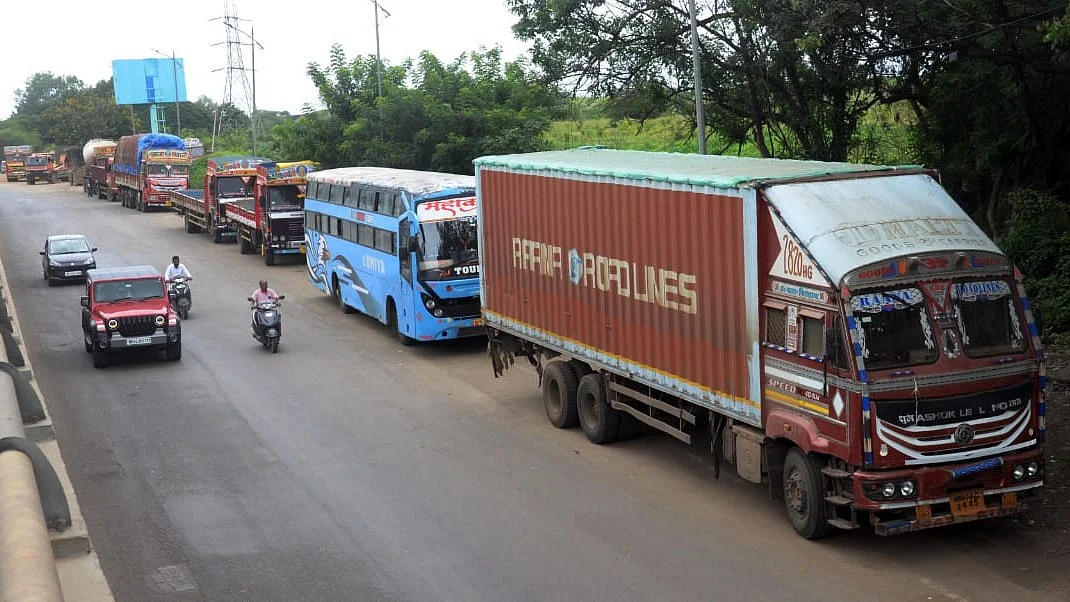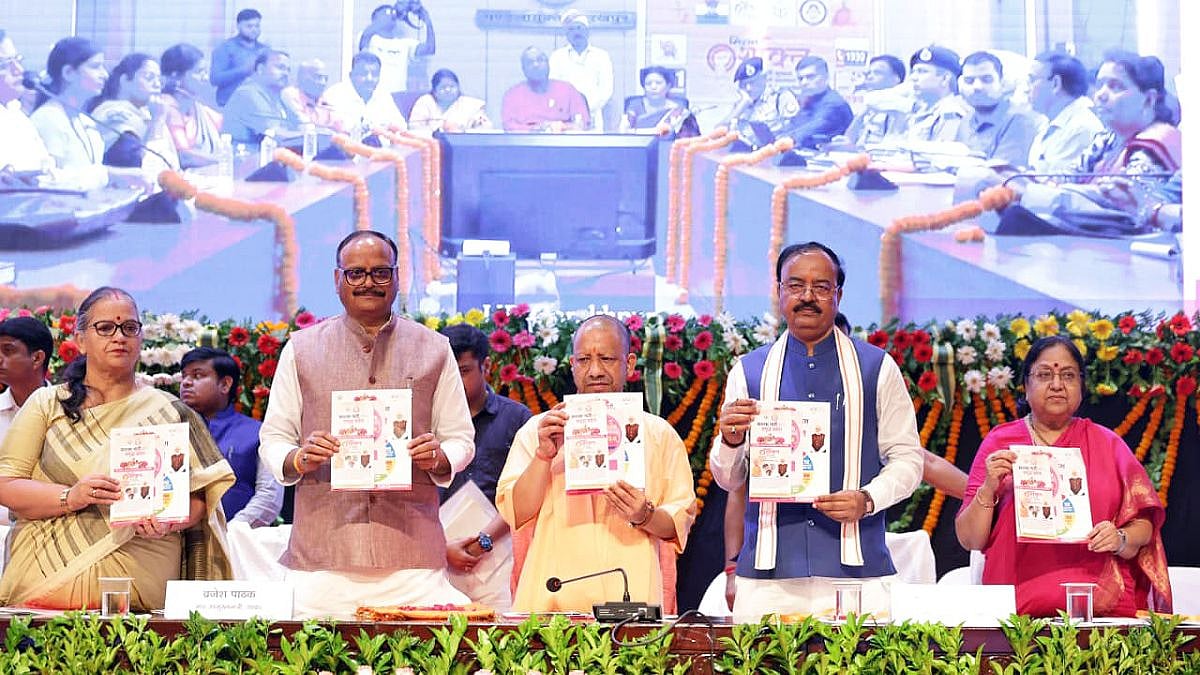It is that time of the year when agriculturists and agri-market participants in our country look skyward for signs of southwest monsoon onset. This year is no different. If anything, the monsoon seems to have entered the southern coast a few days ahead of the normal June 1.
The preliminary forecast of the India Meteorological Department (IMD) suggests the country will have a ‘normal’ monsoon, going up to 105 per cent of the long-period average of 87 centimetres with a model error of +/-5 per cent.
The IMD is monitoring sea surface temperatures in the Pacific Ocean and the Indian Ocean. Any undue rise in temperatures can potentially cause weather aberrations. A more concrete monsoon forecast from the IMD is expected by the end of May.
The country is divided into 36 meteorological subdivisions. The IMD considers anything between +19 per cent and -19 per cent rainfall as normal. It is not the aggregate quantum of rainfall but the spatial and temporal distribution of rains from June to September that is crucial for Kharif crops.
Meanwhile, the Ministry of Agriculture has fixed a production target of 168.88 million tonnes of Kharif crops for 2025-26. The major crops of the season include rice, pulses, coarse cereals, oilseeds, cotton and sugarcane.
Pulses, oilseeds and cotton are crops that have faced production challenges in the Kharif season in the last 2-3 years. The actual harvest size has fallen well short of the production target, resulting in supply tightness and necessitating larger imports. Climate change is taking a toll on these crops.
Cotton, in particular, has become more vulnerable to weather aberrations. The planted area is on the decline, having fallen to less than 11.5 million hectares from the peak of 13.0 m ha 4 years ago.
Last year, as compared with the production target of 35.0 million bales (of 170 kilograms each), the actual production of cotton was markedly lower at 29.4 million bales. This year, the government has reduced the cotton production target itself to 33.9 million bales.
Cotton cultivation calls for a multipronged approach for boosting productivity and production, as otherwise the country risks import dependence.
For pulses, the tentative production target this season stands reduced to 7.74 million t from the previous year’s target of 9.5 million t. Tur or arhar (pigeon pea), urad (black matpe) and moong are the key Kharif season pulse crops. The production target for tur/arhar is 3.7 million t, urad is 1.51 million t, and moong is 1.62 million t.
It is a matter of concern that the Kharif season pulses’ harvest size has gradually fallen from the peak of 8.62 million t in 2020-21 to 7.15 m t in 2024-25.
The production targets are far from aspirational. The very fact that the targets have been pared down this season raises questions about the government’s approach to boosting production. It is unclear if there are strategies to boost production, productivity and the planted area.
No wonder pulse imports have mounted, in particular that of pigeon pea and black matpe. Indeed, the import of these two pulses is allowed duty-free till March 2026. Other imported pulses include yellow peas, lentils (masur) and chickpeas (chana).
As for oilseeds, groundnut and soybean are the two most important Kharif crops, accounting for over 80 per cent of oilseed harvest. The production target for all Kharif oilseeds (including sesamum, niger seeds, sun seeds and castor seeds) is set at 28.4 million t.
In the absence of any breakthrough in seed technology, our oilseed yields have stagnated. No wonder the country is among the largest importers of vegetable oils, with annual imports of 14 to 15 million t valued at a whopping US $13 to 14 billion. There is palpable inertia in the policymaking circles to disrupt this highly risky dependence on imports (to the extent of about 70 per cent).
It is a matter of comfort that the government has assured adequate availability of seeds and fertilisers. There is a move to promote the use of nano-fertilisers (nano-urea and nano-DAP). There are questions over the efficacy of nano-fertilisers, though. To change the perception that there is not much empirical evidence of the efficiency of nano-fertilisers vis-à-vis conventional granular ones, the government is keen to conduct demonstrations.
So, we have yet another Kharif season staring at us. There is nothing exciting to generate enthusiasm among growers and other value chain participants. On current reckoning, the mood is ‘business as usual’.
G. Chandrashekhar is an economist, senior journalist and policy commentator specialising in agribusiness and commodity markets. He holds several public positions, including independent director on corporate boards. Views are personal.











